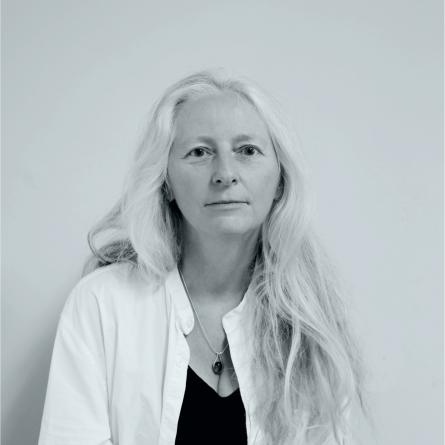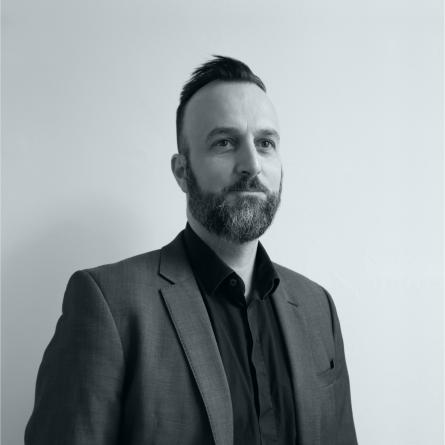Structured Light Scanning (SLS) is a form of accurate 3D data capture. SLS is an essential tool for accurately digitally recording objects from antiquity. Wessex Archaeology uses Artec’s award winning industrial 3D scanners and software which provide metrological accuracy. This allows us to digitally capture both smaller artefacts, and the intricate details of large heritage remains, in high resolution and full colour. SLS provides up to 0.05mm accuracy with no need for any intrusive targets or contact with the often fragile subject matter.
What is Structured Light Scanning for?
There are many reasons to use Structured Light Scanning within the heritage sector including:
- Scanning in a museum or privately held collection to create a virtual interactive 3D museum, thus making the collection more widely accessible in a form that can be examined by people worldwide;
- Scanning as part of the conservation process. Creating an accurate 3D dataset provides an important benchmark showing the state of deterioration in a heritage asset. By repeating the exercise overtime, 3D models can be compared to highlight areas in need of urgent conservation work;
- SLS is used as part of the workflow for 3D printing. With only minimal editing scan datasets can provide the virtual model required for physical 3D replication of an object. To find out more about out 3D printing service click here;
- SLS creates the ideal base datasets for 3D reconstructions. We build upon the base data to virtually repair artefacts, recreating the original objects as they would of looked before the ravages of time;
- Experts have used our scans of human skulls as the base for detailed facial reconstructions, allowing us to see people from the past;
- We have scanned authentic heritage assets to create historically accurate elements to incorporated into reconstructions scenes and Augmented or Virtual Reality;
- SLS is even used for character development, by scanning people in authentic costumes we can populate our Heritage Interpretations with realistic characters from the past;
- SLS can also be used as part of a 3D dataset. Used in conjunction with other techniques like photogrammetry, SLS can be used to add details to a larger, less detailed dataset. Combined datasets of varying resolutions, allows us to keep the polycount and size of the file down, while retaining the detail where the quality really matters.


Why do we use Artec?
A new and enhanced precision instrument initially designed for engineers, Artec’s high-resolution 3D scanners are based on blue light technology. These come in a range of sizes which are perfect for capturing small objects or the intricate details of large heritage objects in high resolution, with steadfast accuracy and brilliant colour.
The scanner’s ability to render complex geometry, sharp edges and thin ribs makes it perfect for capturing the complex archaeological and heritage remains we work with on a daily basis. It is the ideal industrial quality 3D scanner for high resolution capturing of objects such as human remains, metalwork, pottery, stonework, flint or even a human face. Files are exported as 3D model to CAD software fitting seamlessly with our existing 3D workflows.
Find out more about our Heritage Interpretation Services here.
Team




Get in touch
Contact Karen Nichols, Studio Manager



